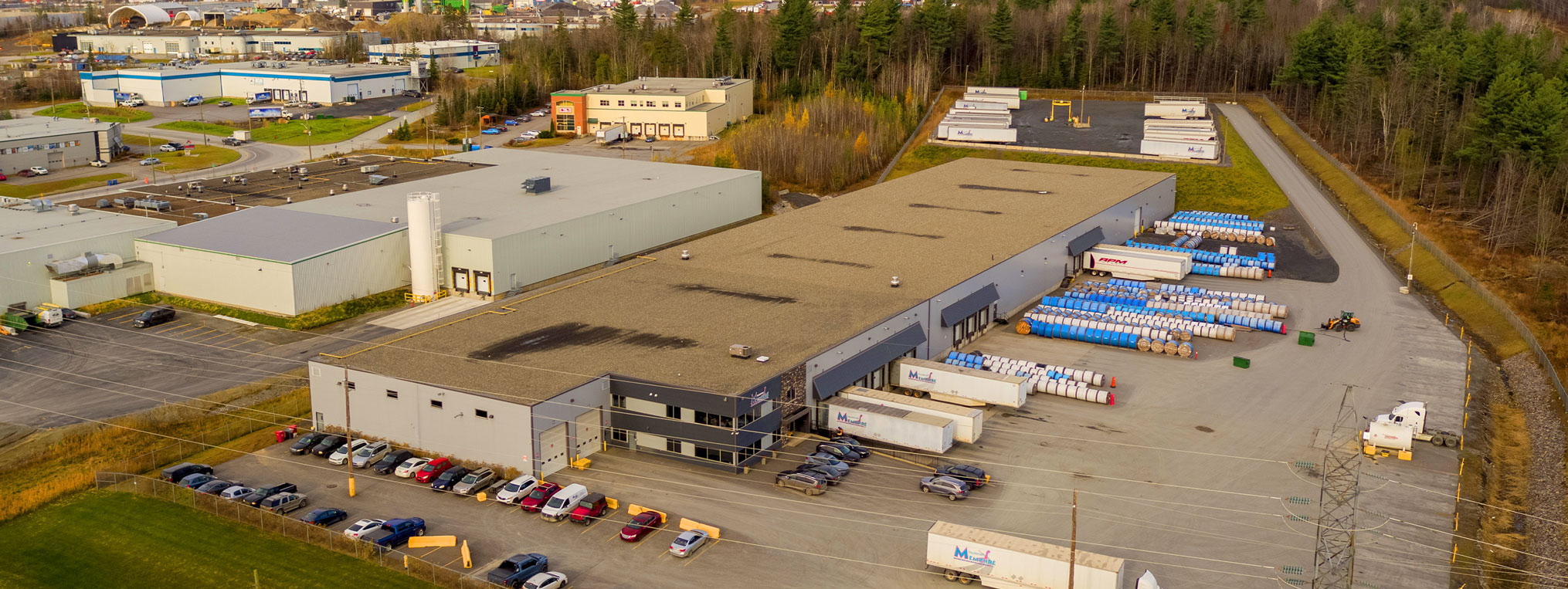
24 Apr Storage and Handling: A Skill That Requires Expertise
Efficient storage relies on proven methods and strict standards that ensure the safety of both goods and workers. Whether for indoor or outdoor storage, following a precise process is essential to optimize space, minimize the risk of damage, and ensure smooth handling operations.
Effective and Secure Storage Methods
Warehouse management requires flawless organization and extensive expertise to preserve goods and maintain seamless logistics operations. Here are some key elements of an efficient storage system:
- Racking storage: Use of industrial shelving for easy access and even weight distribution of goods.
- Block stacking: Arranging pallets on the floor while optimizing space and maintaining safe traffic aisles.
- Computerized management systems: Software solutions for real-time inventory tracking, enhanced traceability, and error prevention.
- Climate control: Managing humidity and temperature for fragile or perishable products, particularly in the food and pharmaceutical industries.
- Unobstructed circulation: Keeping wide, clear passageways at all times and ensuring easy access to emergency exits.
Handling: Following Standards to Prevent Damage
Proper handling practices reduce the risk of accidents and extend the lifespan of stored goods. A well-organized warehouse should include:
- Use of appropriate equipment: Forklifts, pallet jacks, and conveyors for safe handling.
- Employee training: Regular training sessions to ensure staff follow best storage practices and adhere to safety guidelines.
- Labeling and signage: Clearly marked storage zones and pathways to prevent errors and improve overall organization.
- Optimized packaging: Protective materials such as plastic wrap, foam dividers, and reinforced pallets to prevent damage.
Safety Standards: Preventing Risks and Protecting Goods
Safety is a top priority in storage and handling. To ensure compliance, storage facilities must adhere to strict regulations and be equipped with:
- Fire prevention systems: Fire extinguishers, sprinklers, and alarms that are regularly maintained.
- Surveillance and access control: Security cameras and identification badges to limit theft and unauthorized access.
- Compliance with load capacity limits: Each facility must adhere to prescribed weight capacities to prevent collapses and accidents.
- Personal protective equipment (PPE): Helmets, gloves, and safety shoes are mandatory for employees and visitors in the warehouse.
Coverage Plans: Protecting Goods and Businesses
Since no system is completely risk-free, having a solid coverage plan helps reduce financial losses in case of incidents. Key options include:
- Warehouse property insurance: Protects against damage from fires, floods, theft, and other major risks.
- Transport and handling guarantees: Covers losses and damage during goods transportation.
- Liability contracts: When outsourcing storage, companies secure guarantees to avoid financial liability.
Conclusion
Adhering to industry standards and best practices in storage and handling is crucial to ensuring the integrity of goods and the safety of workers. At Memphré, we take pride in our highly qualified team, which follows strict protocols to provide optimal protection for stored goods at every stage of the process. With over 25 years of expertise and an unwavering commitment to excellence, we guarantee reliable storage that meets the highest industry standards.

